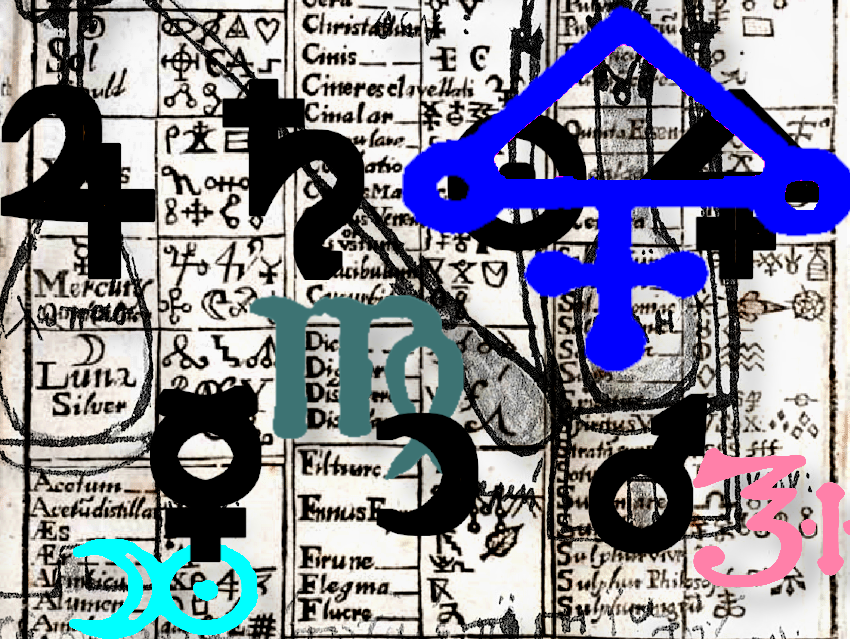How to turn lead into gold or create an elixir of immortality? Alchemy probably got its bad reputation because of numerous cases of fraud, in which money-hungry princes fell for swindlers who claimed to be able to turn base metals like lead into gold. In reality, alchemical products included black powder, distilled alcohol, bleaching agents and acids, Glauber’s salt, phosphorus, porcelain, methods for testing the metal content of ores, and preparations used in medicine and pharmacy.

Alchemical Symbols
Alchemical symbols often overlap with astrological ones and are hardly comparable to the element symbols and structural formulas of modern chemistry.
Read more about alchemical symbols

Arrows in Chemistry
Antoine Lavoisier first proposed a sort of chemical equation, connecting reactants and products with an equals sign, around 1860 these begin to appear practically in all chemistry books, but only 1884 Jacobus Henricus van ‘t Hoff proposed that the equals sign should be replaced by a double arrow to stress the reversibility of some reactions. The single arrow used today in chemical equations was adopted one decade later.
Discover the history of chemical arrows
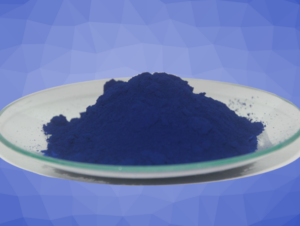
Prussian Blue: Discovery & Betrayal
Around 1700, Berlin was a colorful center of innovation – a scene that led to the discovery of the century: Prussian blue, a pigment that revolutionized art and chemistry.
Who Were Well-Known Alchemists?
For example, Maria the Jewess was an alchemist who probably lived in Alexandria, Egypt, in the first or third century, and Johann Konrad Dippel (1673–1734), who, together with the pigment merchant Johann Jacob von Diesbach (c. 1670–1748), was involved in the discovery of Prussian Blue. Another example is Johann Rudolph Glauber, who discovered sodium sulfate, also known as Glauber’s salt.
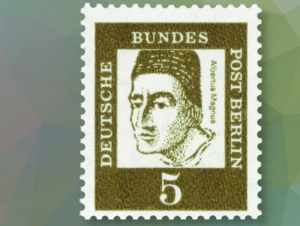 |
Albertus Magnus (c.1200–1280) was a medieval naturalist and polymath who aimed to fully understand the knowledge of his time and present it clearly in textbooks.
|
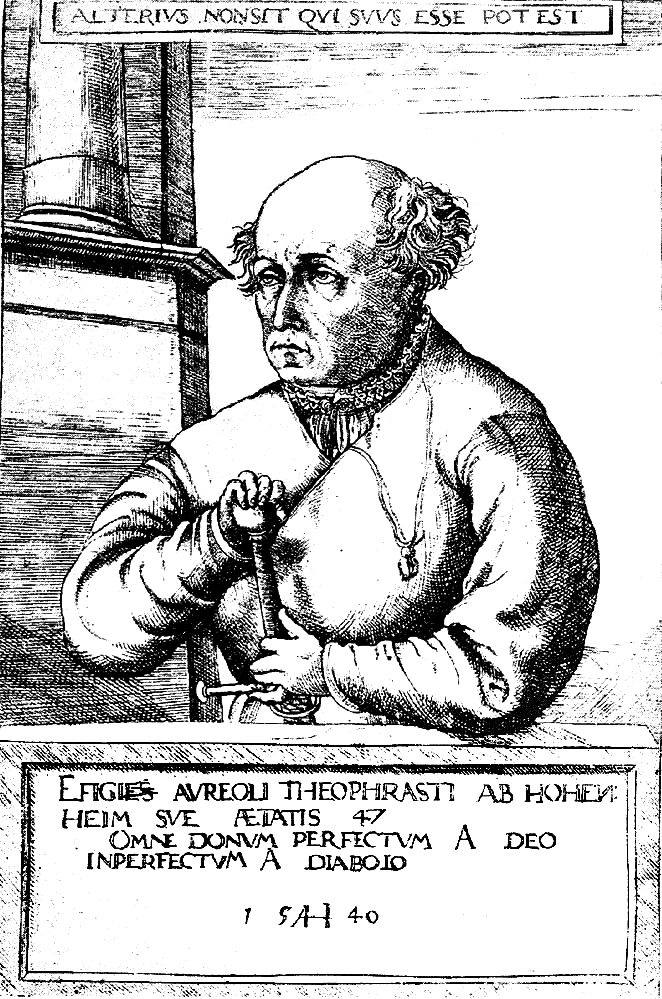 |
Paracelsus (1493–1541) was a Swiss physician, alchemist, and philosopher, renowned for revolutionizing medicine in the 16th century. Between 1517 and 1524, he traveled extensively across Europe, including to Tyrol, where he visited mines and metallurgical workshops to study metallurgy and alchemy. He developed theories and medicines based on alchemy (chemicals and minerals) and is considered the father of toxicology, not least because of the famous quote:
|
Also of Interest
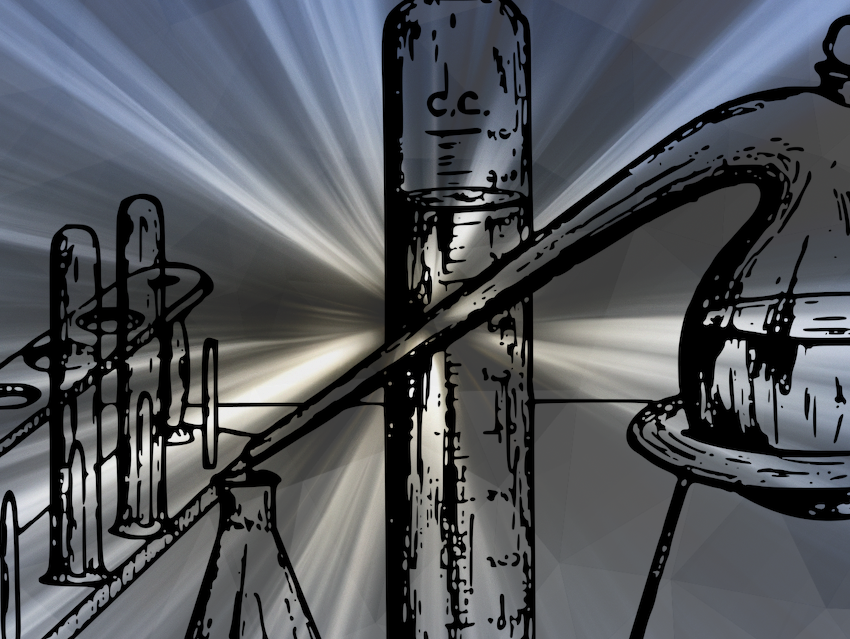
Collection: Significant Milestones in Chemistry: A Timeline of Influential Chemists
Starting from the early alchemists we take a journey through time to examine how each of these chemists pushed the boundaries of what is possible
